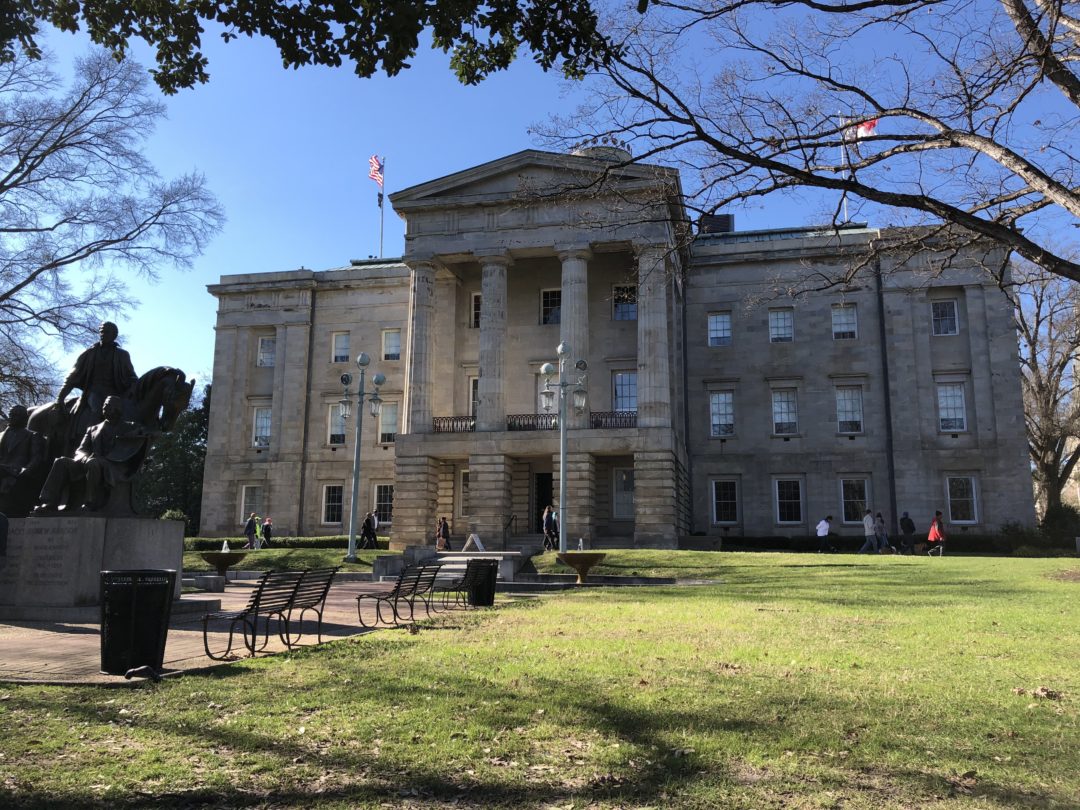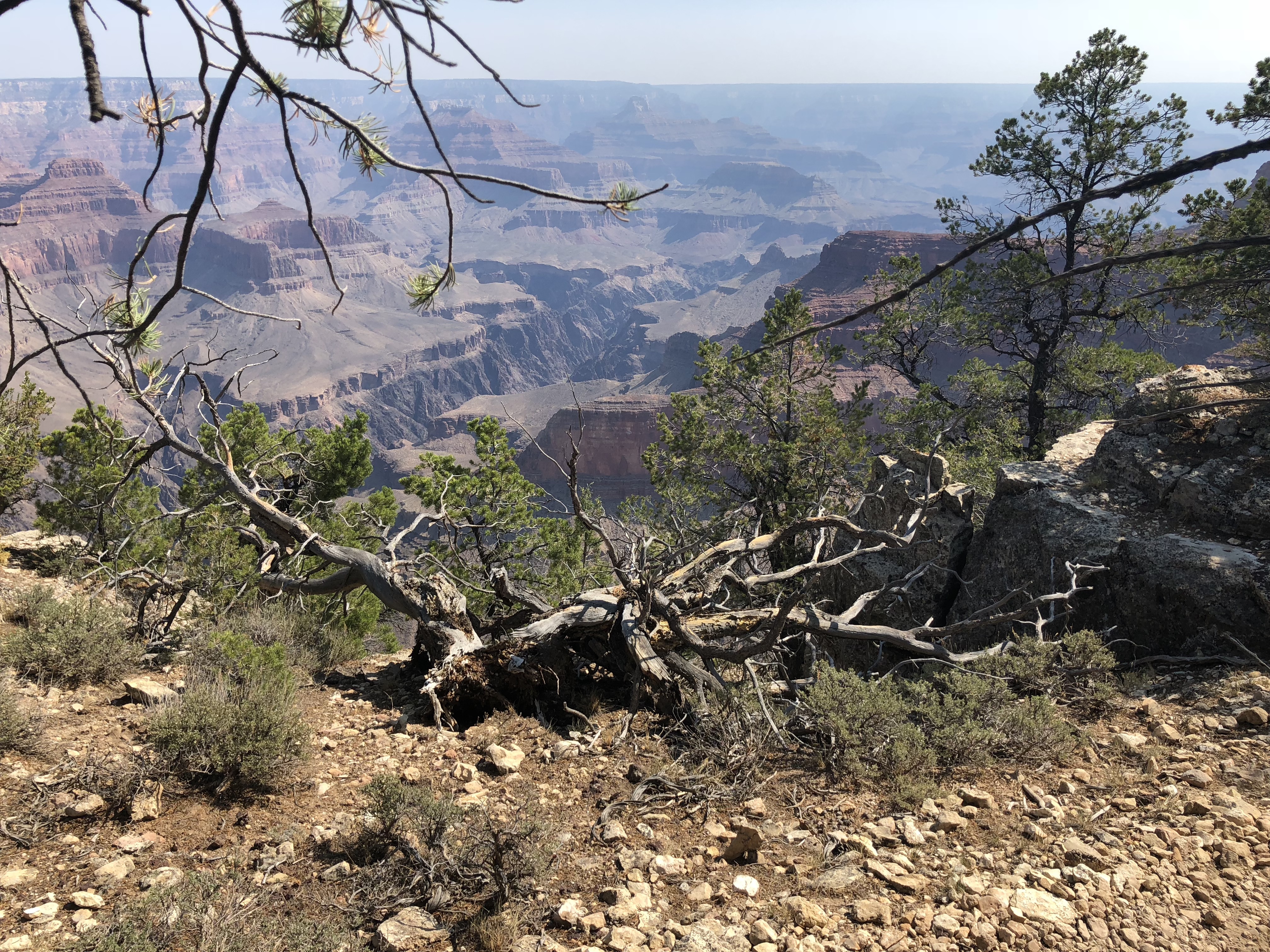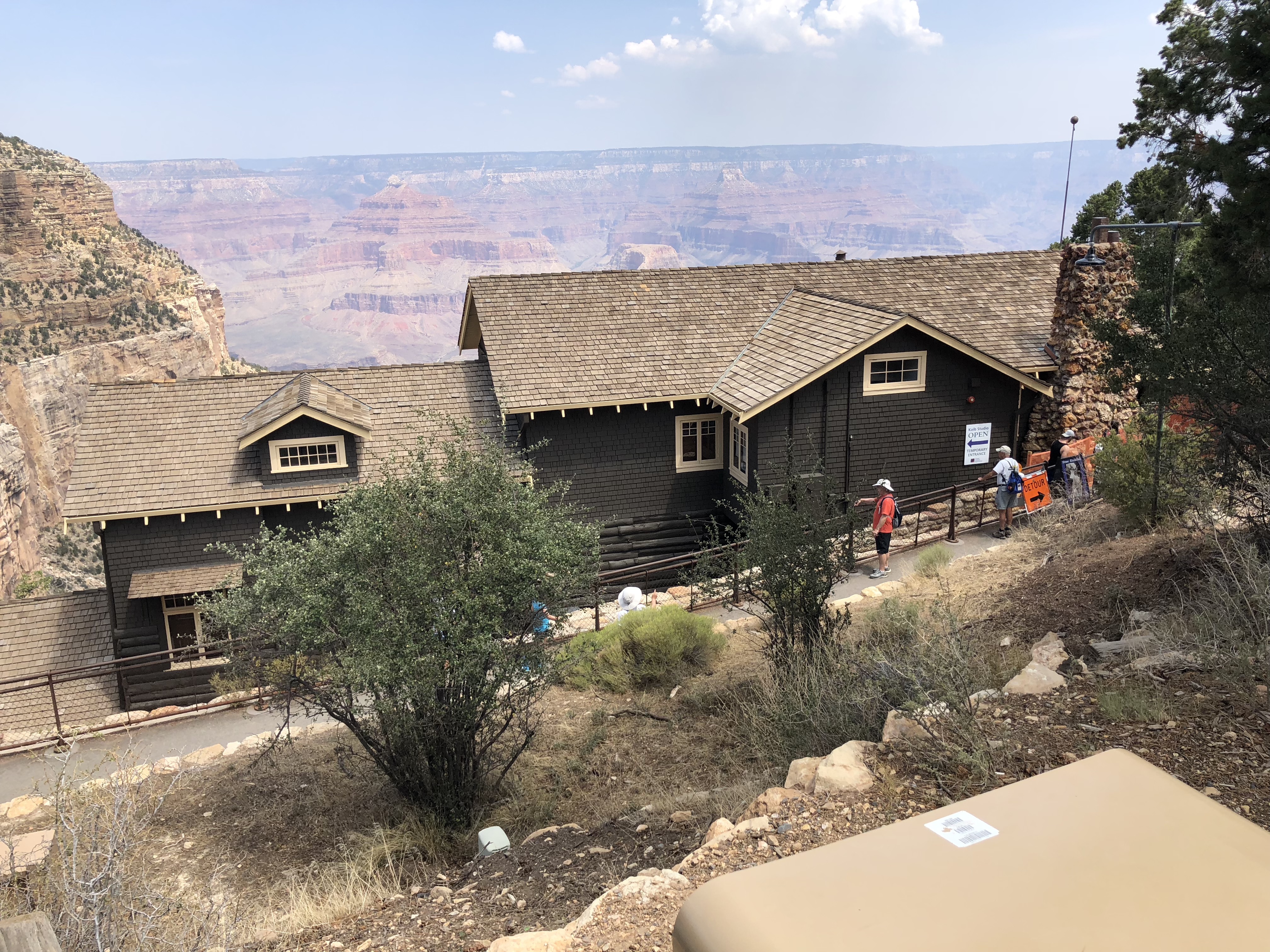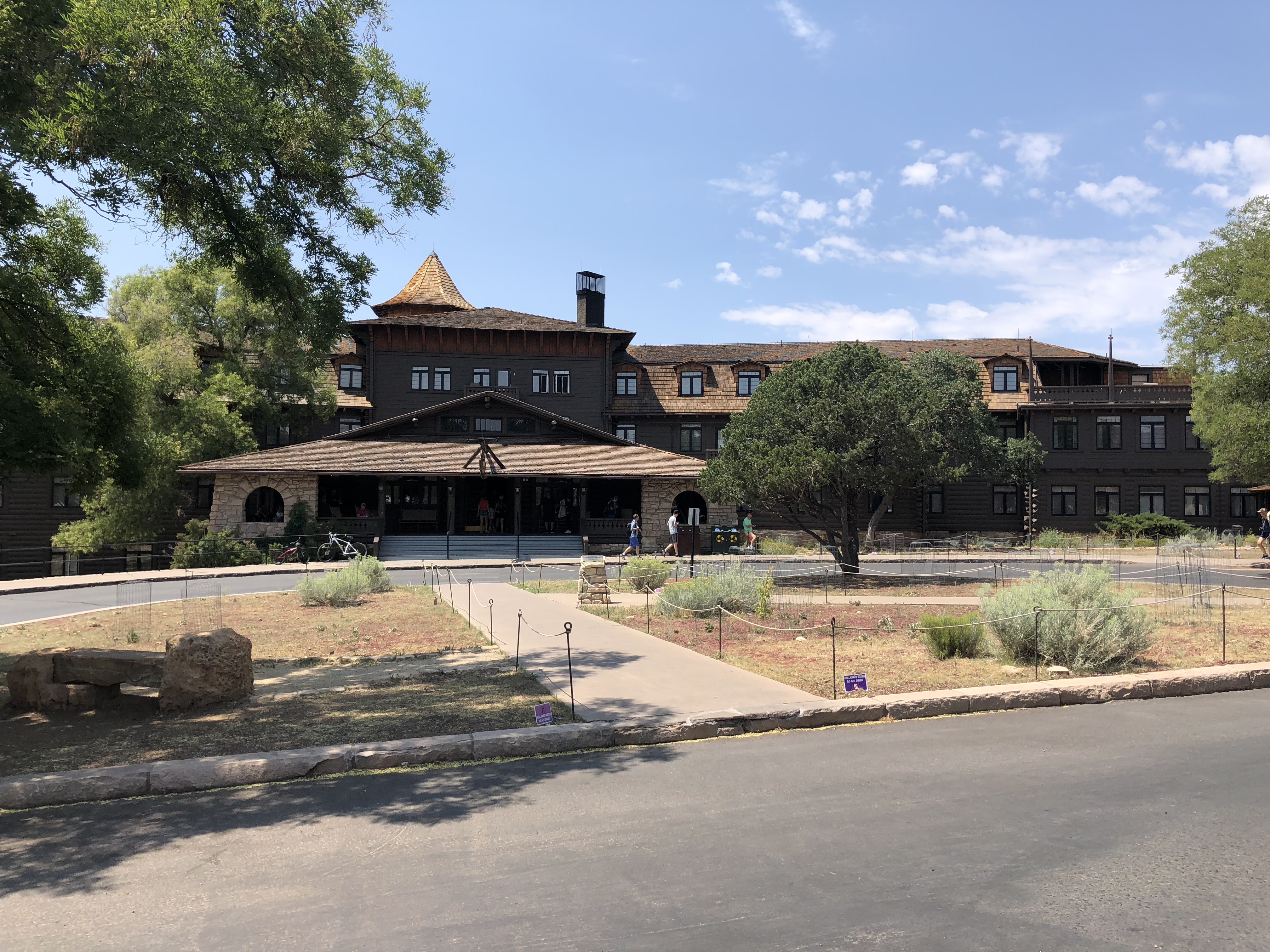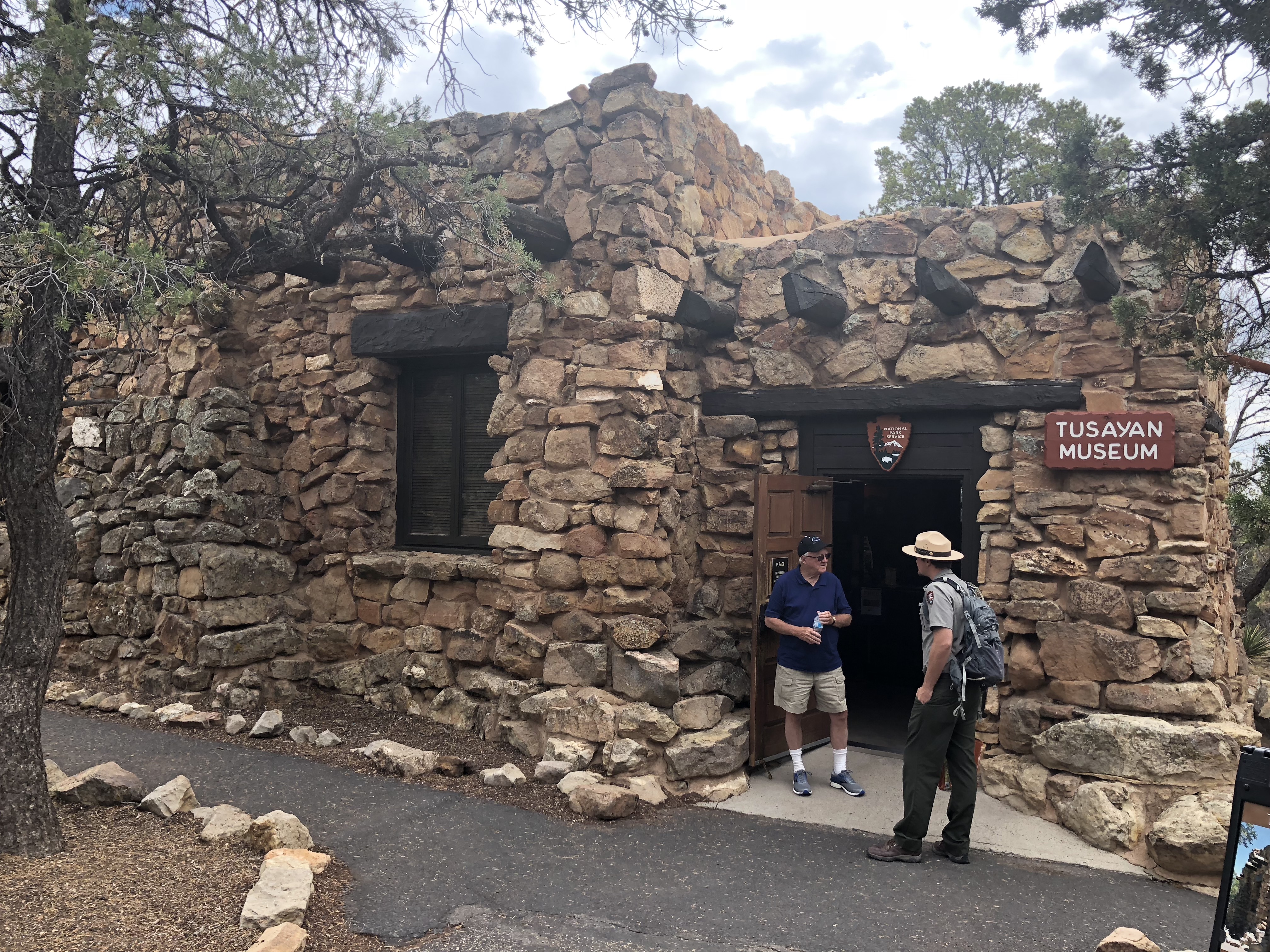
What’s Raleigh? It’s the capitol of North Carolina. But, as is sometimes the case—think New York City—it’s not the largest city in the state. Charlotte, at a population of 800,000+, is the largest city in North Carolina. The population of Raleigh is almost 500,000.
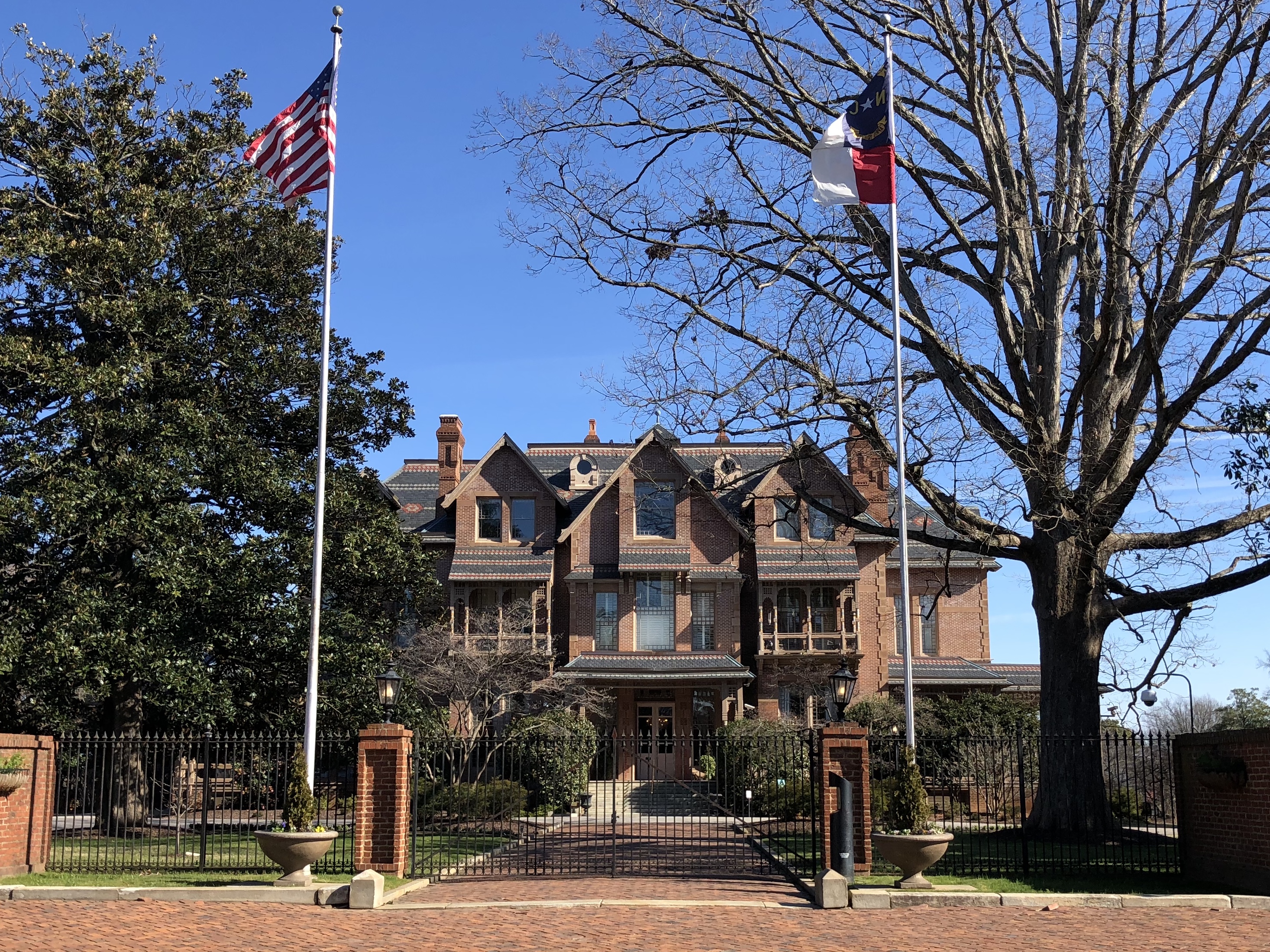
Where is it? It’s centrally located in the state. The ocean is about two hours to the east, and the Blue Ridge Mountains and Asheville are about three hours to the west.

How did you get there? We flew into Raleigh-Durham International Airport. They also have a new train station called Union Station, as well as a bus station. Where did you stay? On the outskirts of the city, about four miles away. It took about 10 minutes to drive into the city.

What did you see? Raleigh is known as the City of Oaks, because of its many oak trees. It’s also affectionately known as the “Smithsonian of the South,” because of its abundance of museums and historical attractions—all of which are free. We went to the City of Raleigh Museum (a small but interesting museum), The North Carolina Museum of History (affiliated with Smithsonian and gigantic), The North Carolina Museum of Natural Sciences (even bigger than the history museum, and with many dinosaur fossils and working archeology labs), The Historic Yates Mill County Park (home to a historic water-powered mill), and Mordecai Historic Park (which features the birthplace of president Andrew Johnson). Considering all the free sites, it’s a good city to see on budget. Parking is also free on the weekend, and one bus line is free all the time.
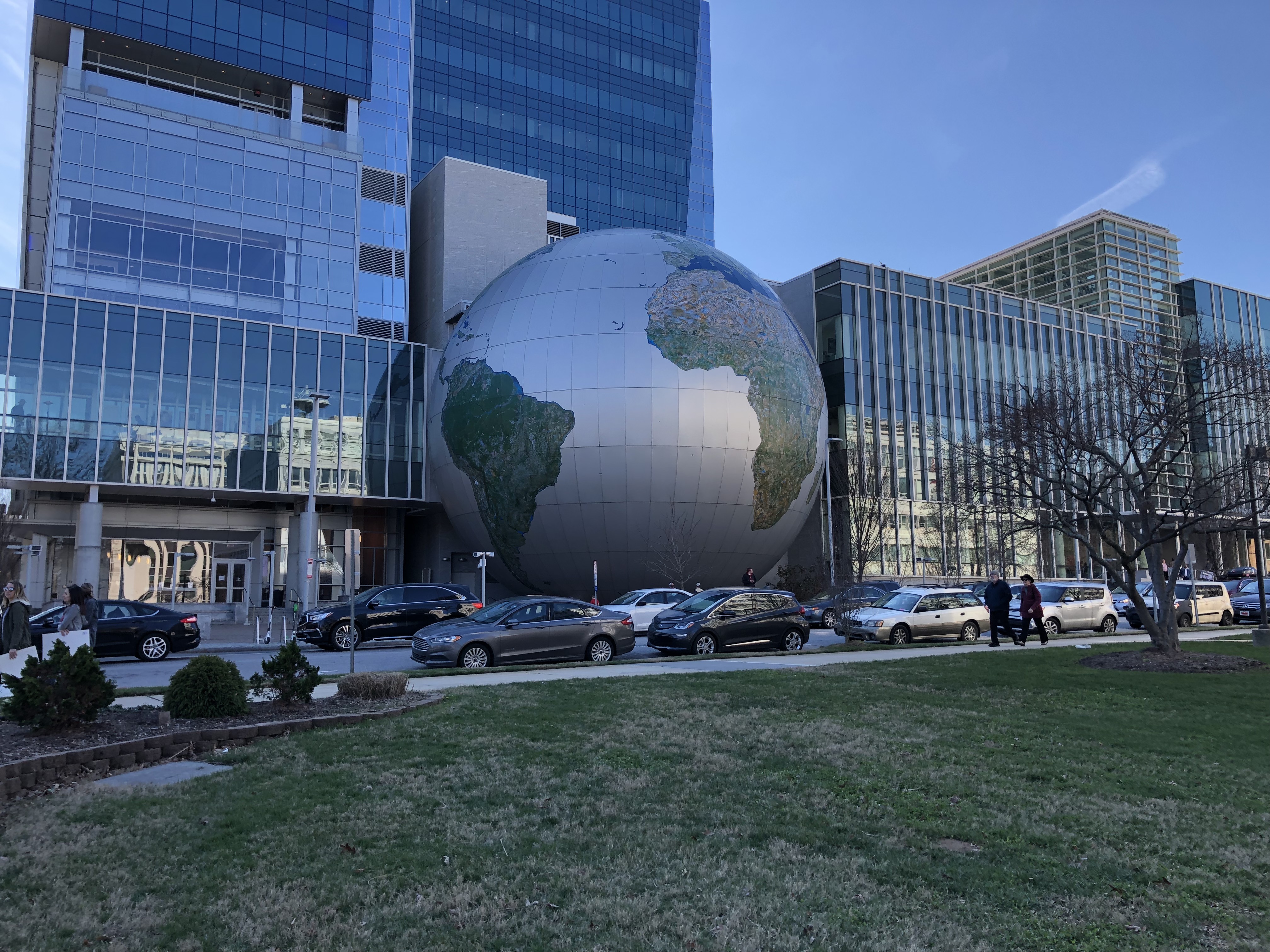
Where did you eat? We ate at Beasley’s Chicken + Honey (fabulous), The Pit (it was only OK, despite is 2,500+ reviews on Yelp and four-star rating), and Tacos Y Mariscos Vallarta (good Mexican food). How was the city? It’s a neat little city, and you sure can’t beat all the free museums. Particularly, if you’re into historical sights.
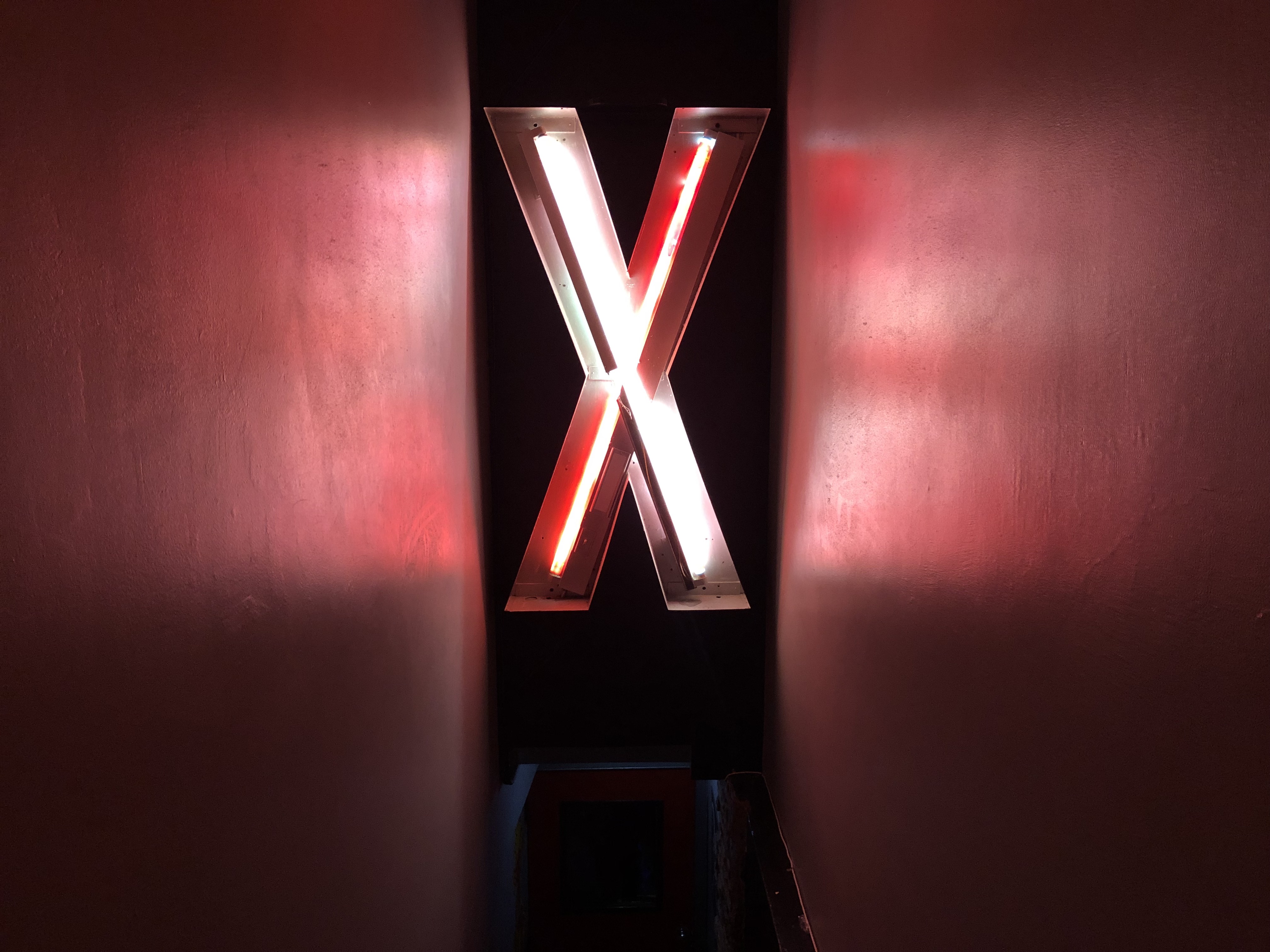
How’s the gay scene? There’s not much of a gay scene. Unless we missed something, there’s really only two exclusively gay bars—the Legends nightclub complex, and Flex. We didn’t go to Legends, but we drove by it at 11:00 p.m. on a Saturday, and it didn’t really look like anyone was inside. Flex is good. Flex caters to the more mature, leatherish crowd, but there’s women there, and they also have karaoke nights. But other than opening at 5:00 p.m. on Sunday, they don’t open until 8:00 p.m.

What was surprising about the city? That it’s named after Sir Walter Raleigh, of the famed Roanoke Colony, a.k.a., the Lost Colony. Spooky. Is it worth going back to? It seems to be a city that can be experience in two days, three max. The area has mild weather, so as long as you catch in when the sun it out, you can even experience the parks and trails in the winter.
